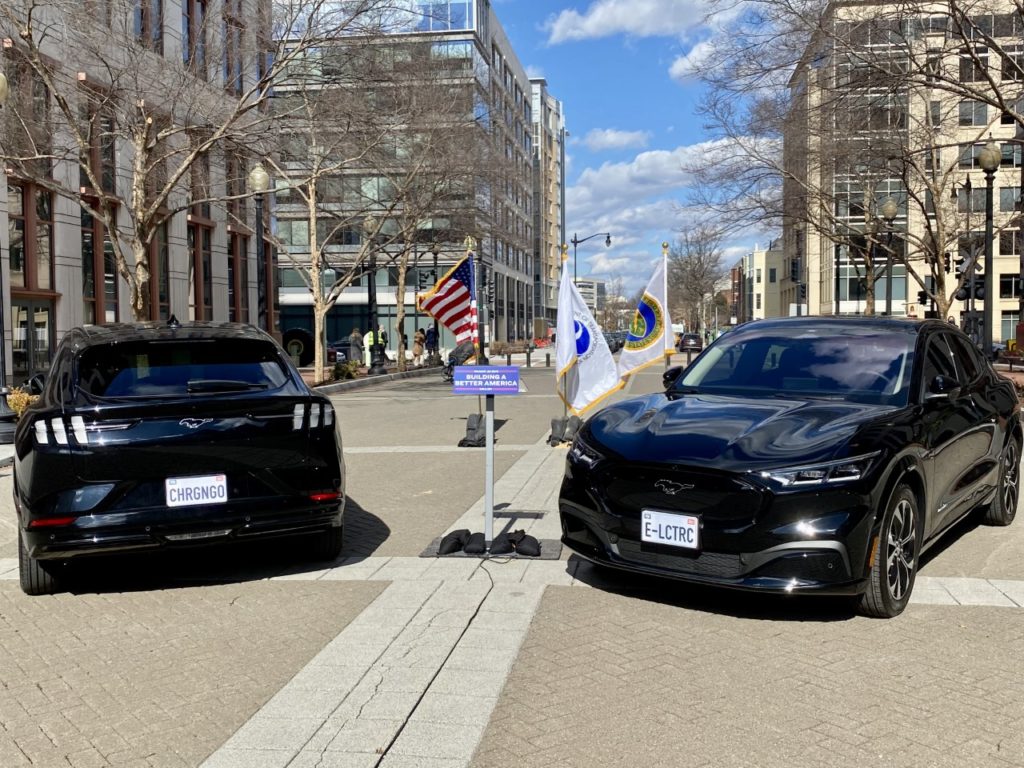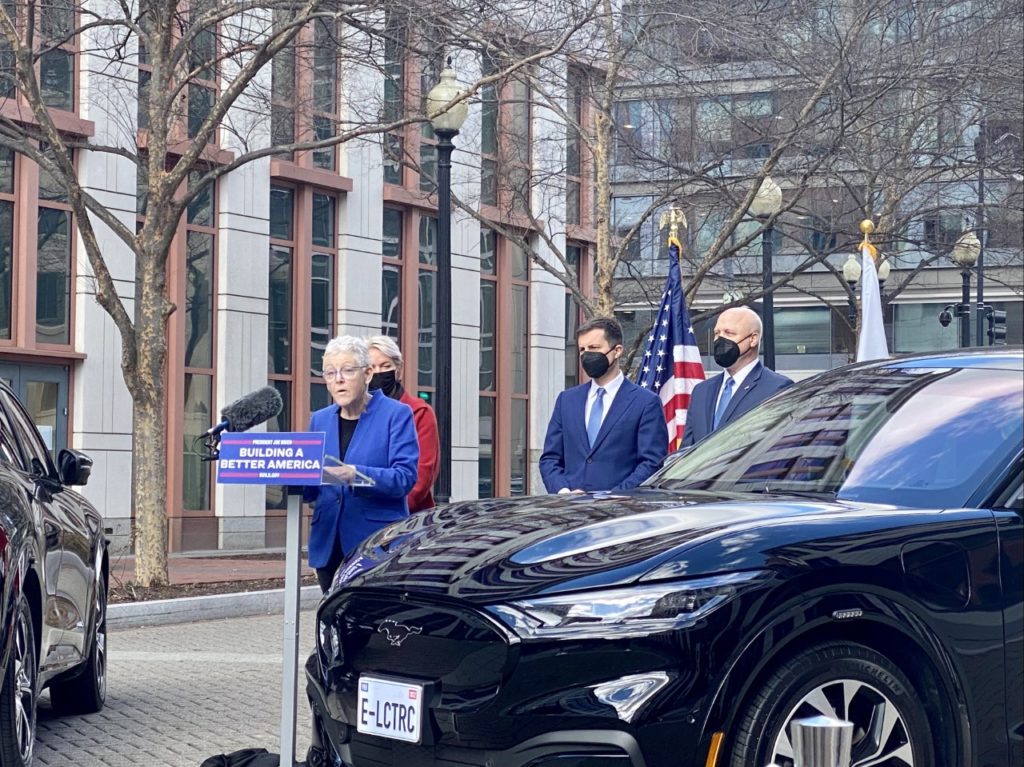
The electric vehicle future is almost here. Let’s make sure it’s Made in America.
Super Bowl LVI is in the history books. It was an exciting game for football fans, as the Los Angeles Rams rallied to beat the Cincinnati Bengals, 23-20. But even if you didn’t tune in for the action on the gridiron, you may have been glued to the TV to watch the commercials — and there were a few trends.
One of them: Electric vehicles (EVs).
Six of the seven major car brands took out ads promoting EVs, including Detroit mainstay General Motors, which has gone all-in on an electric future. GM’s Chevrolet ran a particularly memorable EV ad, recreating the iconic opening of The Sopranos while promoting its 2024 Silverado EV, the brand’s first all-electric pickup.
General Motors will start producing the Chevy trucks next year at Factory Zero on the Detroit-Hamtramck border, according to the Detroit Free Press. Eventually, it plans to expand production to the Orion Assembly Plant.
But, as the Super Bowl ad lineup shows, it’s not just American companies getting into the EV game. BMW, Kia, Nissan and Toyota also ran ads advertising their EVs. And unfortunately, the United States has fallen behind in the EV race (China is leading the pack).
There’s still some time for the U.S. to get back on track. EVs account for only 9% of vehicle sales, which means there’s a huge untapped market of potential consumers. And don’t be mistaken — EVs are the future. The need to reduce carbon emissions is driving an inevitable transition away from gas-powered vehicles to EVs. As the Super Bowl ads showed, auto companies are fully onboard.
President Biden made this exact point on Twitter on Monday!

All that stuff Biden tweeted about “historic investments” and “building out a national network of EV chargers” is key — especially if he wants to create “good-paying, union jobs.” The United States needs to put the right type of policy in place to make sure the EV future is also a Made in America future, from the vehicles themselves to the supply chains to needed to help build them to the infrastructure to keep them on the road.
Some of the work has begun. AAM President Scott Paul attended a big event sponsored by the Department of Transportation and Department of Energy on Thursday to highlight the administration’s plans for electric vehicle infrastructure, including a $5 billion effort to build out a national network of charging stations.

This is a good start. These investments are critical to giving the United States the infrastructure it needs to support EVs. It is also vital that strong Buy America preferences be put in place — and enforced — to ensure that taxpayer money spent on these projects are reinvested right back into American workers and companies. Not only will this create jobs, it will encourage companies to support domestic production, as we saw last week when a new EV charger factory was announced in Tennessee.
But it’s only a start. There’s a whole lot more work the United States needs to do build the type of EV industry that will support millions of jobs and ensure we win the global EV race.
For one, Congress should come together to get a competitiveness package across the finish line, which will boost domestic semiconductor production (which the auto industry desperately needs) and help the United States compete with China (which is aiming to dominate global EV production).
The U.S. also needs to shore up production of critical inputs for EVs and the batteries needed to power them. Officials also shouldn’t hesitate to enforce our trade laws, sharpening and deploying new tools when countries like China don’t abide by global trading rules.
The EV future is almost here. This is one competition the United States can win — if we get the policy right.
